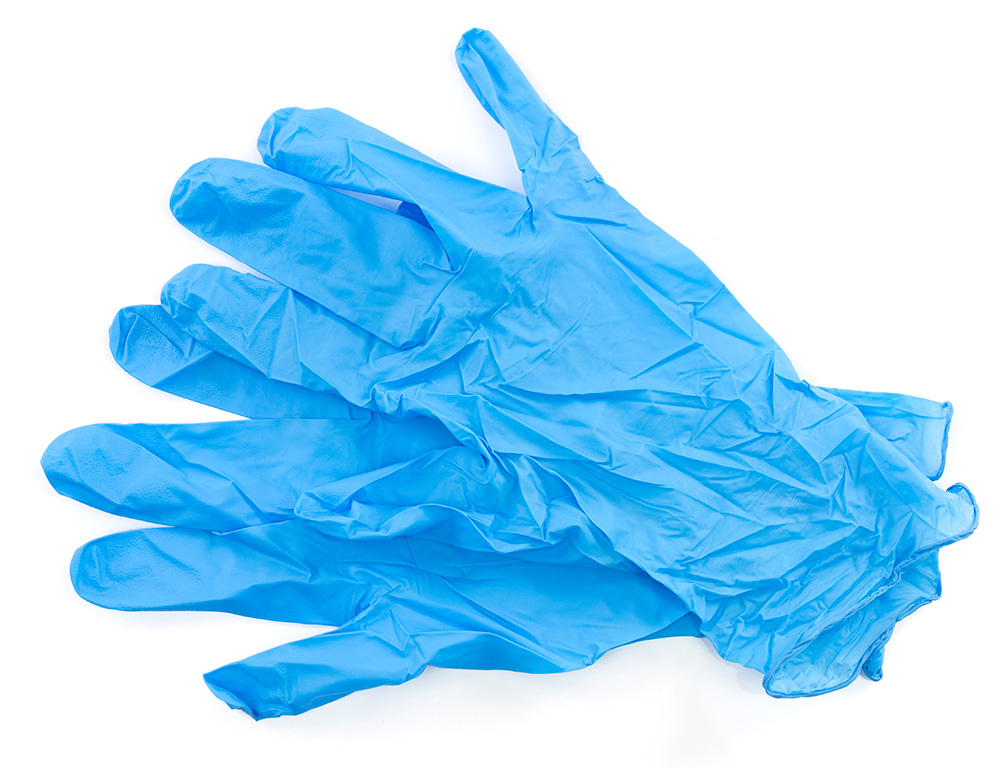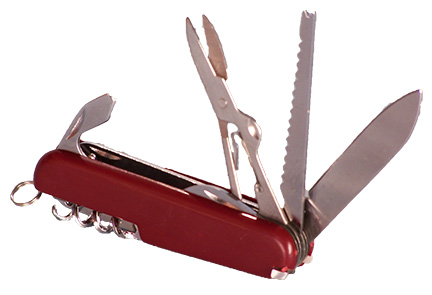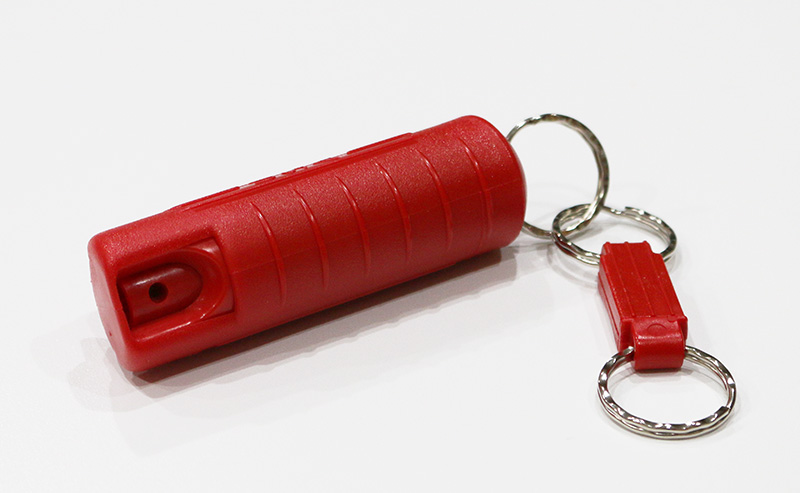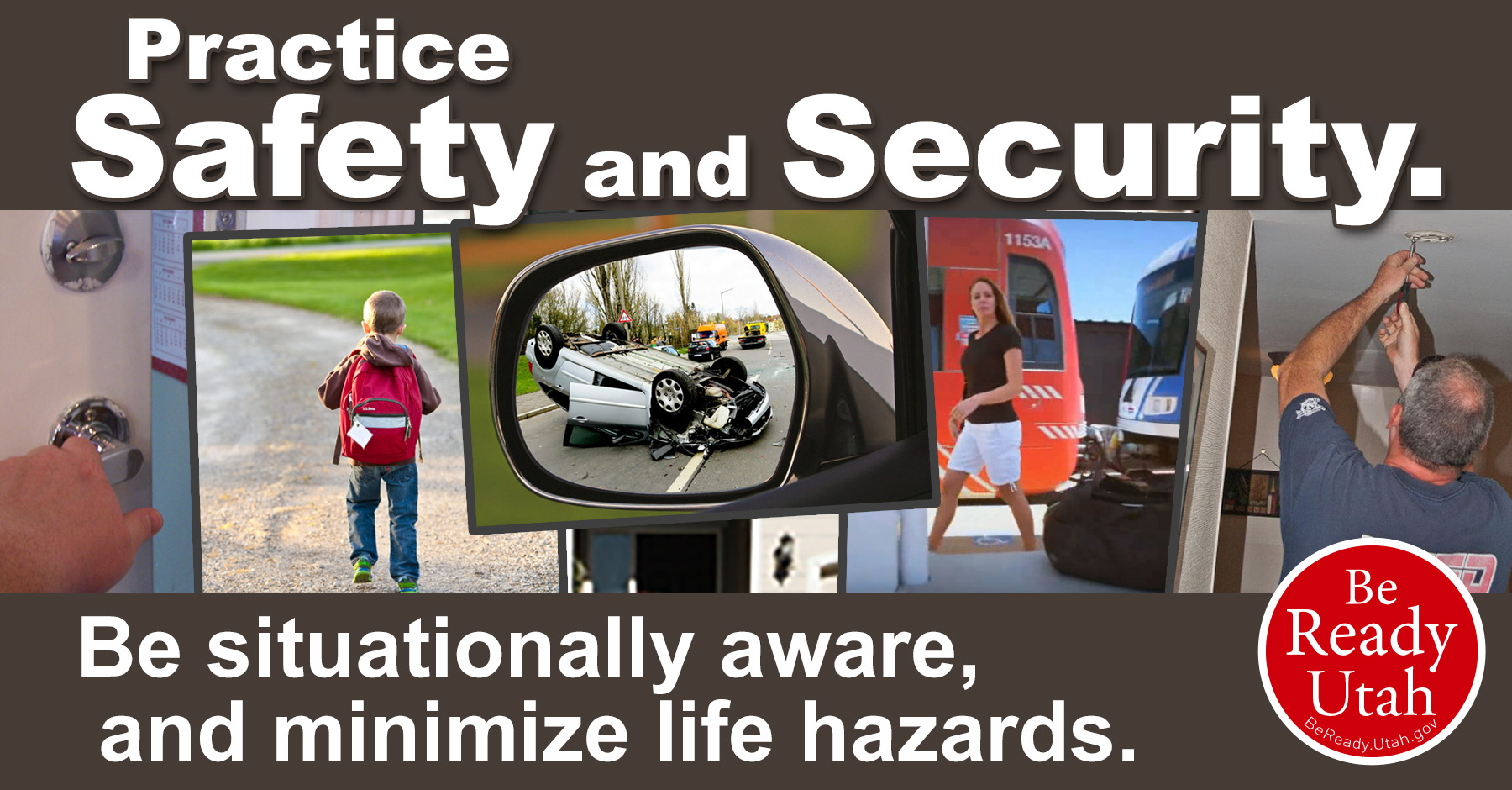Disaster Supply Kit: Safety and Security
THE POINT
DO THIS
- Learn different safety and security options that can go in an emergency kit.
- Determine what works best for you and your family.
- Put those in your emergency kits.
- Rotate as necessary.
Disaster Supply Kit Safety and Security
 Safety and security is mostly principles of situational awareness and hazard avoidance, not things that can be packed in a bag. Knowledge, portraying confidence, and physical fitness cannot be purchased and stored either, but these are also important things to prepare beforehand, and to be ready to use them when needed. This being said, some items can be packed to help maintain the well-being of yourself and your family.
Safety and security is mostly principles of situational awareness and hazard avoidance, not things that can be packed in a bag. Knowledge, portraying confidence, and physical fitness cannot be purchased and stored either, but these are also important things to prepare beforehand, and to be ready to use them when needed. This being said, some items can be packed to help maintain the well-being of yourself and your family.
Personal protective equipment (PPE): You are the most important person in an emergency situation, so you need to be careful and watch out for yourself so you are able to continue helping others. Have some basic PPE supplies in your kit for protection from bloodborne pathogens and other infections that you could encounter when giving first aid assistance to others. These may already be in the first aid portion of your disaster supply kit. Include PPE items such as:

Nitrile Gloves
- Non-latex, nitrile exam gloves: Have two or three pair and make sure they are the right size for you. Many people have severe latex allergies and don't even know it, so stay away from latex gloves.
- Rescue breathing barrier: If you have been trained in how to do recue breathing in CPR, you know that a one-way breathing barrier protects you from germs and other things in the victim's mouth. Get proper training to learn CPR.
- N-95 mask: This mask is better than just a dust mask. It can filter out small particles from the air you breathe from a sick person. Again, this is for personal protection for you from the victim and the environment. In a pinch, it can also be used as a crude means of pre-filtering for water treatment.
- Protective glasses or face shield: This is for protecting your eyes from bodily fluids from the victim or other harmful particles and airborne dust. Whether or not you add this depends on how much room you have for first aid in your disaster supply kit.
- Alcohol-based hand sanitizer: Before and after helping someone, wash your hands with soap and water. If that is unavailable, hand sanitizer that is at least 60% alcohol based will work. This is to protect you and the victim from disease and possible future infection.
- A good pair of leather gloves: A good set of heavy-duty work gloves will protect hands from cuts, scratches, and bruises when proper hygiene and first aid are more difficult.
 A knife is a basic tool that should be in most emergency kits, with the exception of young children. Knives can be used for cutting, chopping, preparing and eating food, building a fire, lighting a fire, self-defense, digging, carving, hunting, and many other things. It is an essential tool. There are many different kinds and many different qualities of knives. There are single blade folding knives, fixed blade knives, and "swiss army" style knives with other functions included. A pocket sized “multi-tool” has many tools in one. Knife, pliers, wire cutter, screwdrivers, can opener, file, and saw are some common features. Find one that fits in your budget and needs. Be sure to include a small knife sharpener.
A knife is a basic tool that should be in most emergency kits, with the exception of young children. Knives can be used for cutting, chopping, preparing and eating food, building a fire, lighting a fire, self-defense, digging, carving, hunting, and many other things. It is an essential tool. There are many different kinds and many different qualities of knives. There are single blade folding knives, fixed blade knives, and "swiss army" style knives with other functions included. A pocket sized “multi-tool” has many tools in one. Knife, pliers, wire cutter, screwdrivers, can opener, file, and saw are some common features. Find one that fits in your budget and needs. Be sure to include a small knife sharpener.
Having a means of starting a fire is an important part of your disaster supply kit. Not only does fire keep you warm, provide light, cook food and boil water, but it can be used as part of safety and security to keep away wild animals and those that may want to cause you harm. Learn and practice how to safely build and put out a small fire. Include windproof/waterproof matches and know that often times, waterproof matches must be struck on the box they came in. Keep the box dry because even though the matches are waterproof, the box with the striker is not. These are NOT strike anywhere matches. If you want to include strike anywhere matches in your kit, first dip the matchhead in melted candle wax and let it cool. This will waterproof the match. Then to use it, scrape off some of the wax to expose the matchhead, then strike it ... anywhere. Store all matches, waterproof or not, in a waterproof container.
Beyond matches, include other alternative fire starters in your emergency kit. This could include things like a lighter, magnesium rod and striker, a magnifying or Fresnel lens, or a number of other things. Make sure you know how to use the item and have good practice with it in creating a fire before adding it to your disaster supply kit. Be sure to add a small amount of dry tinder or other fire starting material as well.
Self defense for personal protection from an external threat from an attack from an animal or from a person intent on harming you is something important to realize and make plans for now. Self defense and what that means is a controversial topic and it means different things to different people. It is an important part of emergency preparedness that you can protect yourself and your family.
-

Pepper Spray Keychain
Mace/pepper spray is a non-lethal option that can be an effective deterrent against animals and humans. Both mace and pepper spray (some canisters contain both) are relatively inexpensive, small and compact, and easy to use. Because it is non-lethal, if somehow it is taken from you and used against you, it won't feel good for a while, but it won't permanently harm you.
That being said, whatever form or forms of self defense you choose for protection and to include in your disaster supply kit, be sure that you know the laws and regulations concerning that form. Get the necessary training and licensing as needed. Learn and practice with that form so that you are fully trained and knowledgeable in your chosen method. You should be comfortable, confident, and safe in your method of self defense. You don’t want something that is intended to protect to accidentally be the cause of harm to you and your family.
Include a spare set of house and car keys in your disaster supply kit. If you have evacuated in your vehicle, you don't want to be stranded by accidently locking yourself out of the car. The same applies for your home. In your haste to evacuate, you don't want to forget an important thing like the house keys. You want to be able to get back inside when you return home.
12 Areas: Safety and Security
Click Here

Home Hazard Hunt
Click Here

